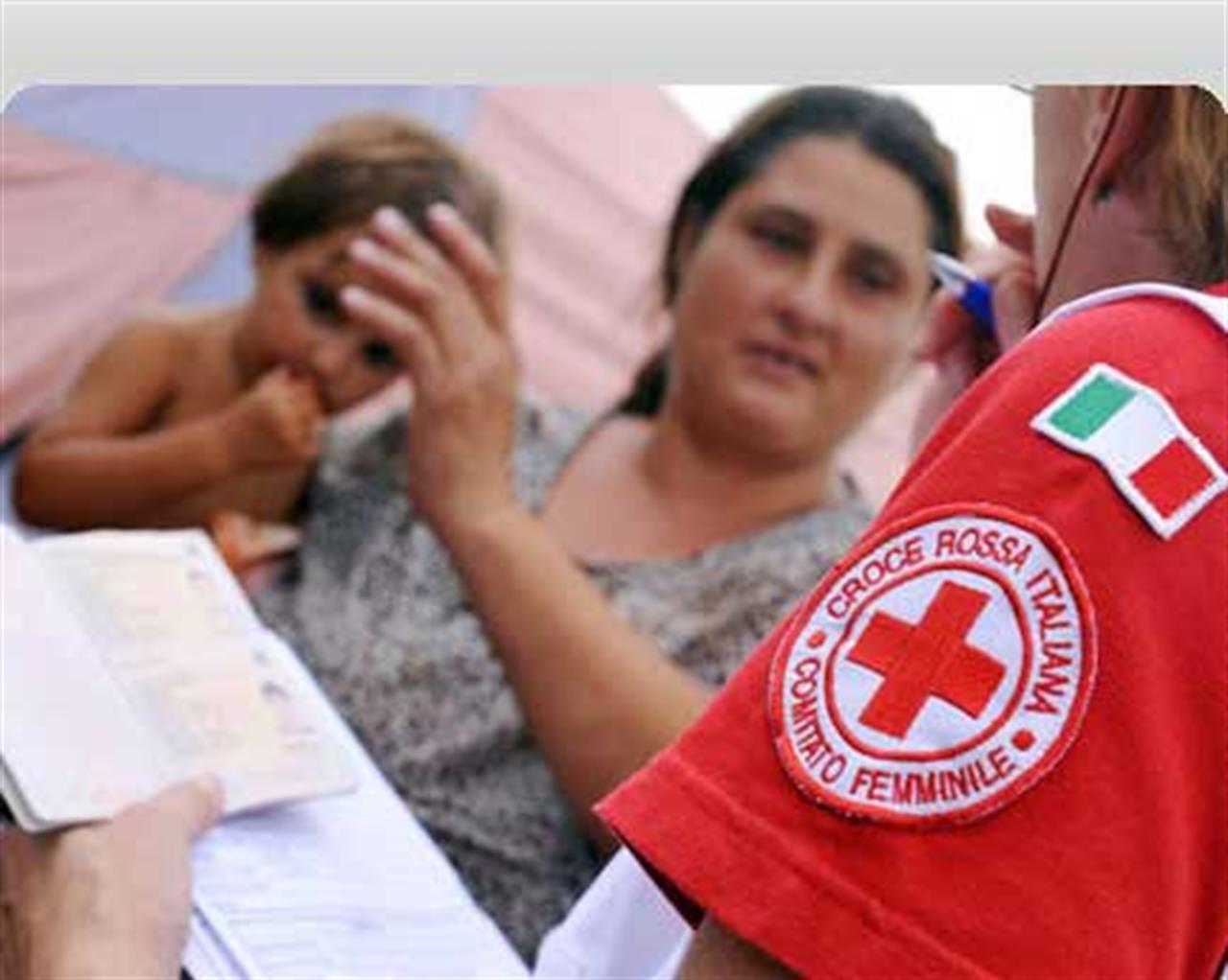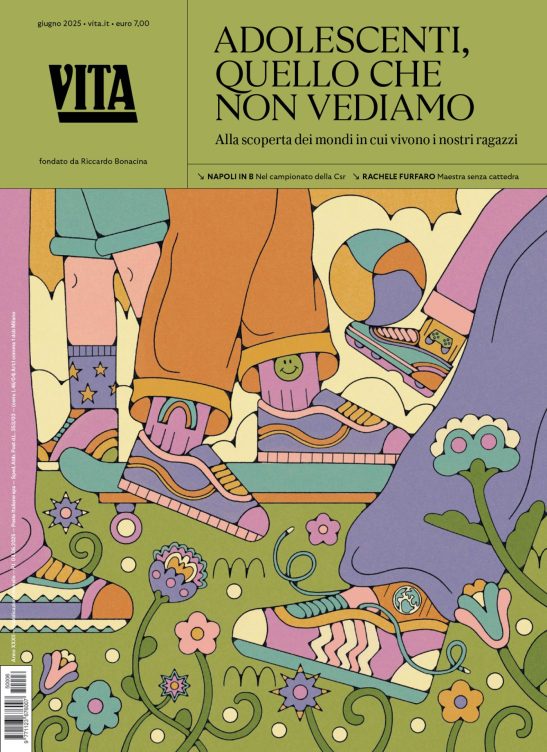Non profit
Italy: Immigration “emergency” gets lost in numbers
The Rom invasion press and politicians have pointed their fingers at has been unmasked by a survey conducted in Milan, Rome and Naples.

Once upon a time there was the “Emergenza Rom” (Rom emergency). June 2008: the census of Romani immigrants living in Italy, commissioned by the Italian government, kicks off in Rome, Milan and Naples. Difficult weeks follow – the news is filled with reports on the escalation of crime, the headlines are sensational. And public opinion is divided, especially when it comes to the much contested proposal to fingerprint Romani children.
October 2008: the census publishes its results but there is little press coverage. A media blackout? Strange, because there is news and it is truly sensational: the 167 “gypsie” camps that were surveyed in the three Italian cities are home to 13,218. Out of a total of 5 million people who live in these cities that means 0.24% of the population. Very few compared to what was expected. Expectations that had been accepted by the European Council according to which there should be 160 thousand Rom nomads in Italy and about 50 thousand spread between Rome, Milan and Naples, four times more than the surveyed amount.
But when you look at the numbers city by city the numbers are even more striking: in Milan there are 2,128 Sinti Romani people (1,331 of which are in regular camps), four to ten times less than what was estimated (8 to 20 thousand). In Naples the discrepancy was less evident, 2,784 “real” presences against the 5-6 thousand that were predicted. Rome takes the record, however, with 8,306 recorded nomads, more than half the number predicted by the European Council, 20 thousand.
So these are the figures. And what about the so publicized emergency? Is it really possible, as some say, that as soon as new got out that the authorities would be censing the Roma population there was a mass exodus? “It certainly served as a deterrent: at least 12 thousand people, especially Romanian Romani, left voluntarily”, explains Italy’s Home Secretary Roberto Maroni. But even considering the 12 thousand supposed escapees, that only makes around 24 thousand people, still far off the 50 thousand mark. Did the rest not leave a trace? Or maybe they never existed?
“As a matter of fact, figures in hand, the alarm was unfounded”, says Cri’s (Italian Red Cross) former chief Massimo Barra, who was in charge of conducting the census. Many of the social operators who are in contact with Italy’s Roma population every day agree. “There are fewer Roma people that what has been made out in past months. It may be that during the summer there are fewer Roma, simply because some may have left for the summer, but the survey numbers are reliable”, explains Father Massimo Mapelli, from Milan’s Casa della carità (house of charity) foundation. “And the numbers are the same as before the census: those of us who work on the field have eyes and know that there haven’t been any mass exoduses”.
Milan
An example for everyone. The Roma nomad camp grounds in Via Triboniano, the city’s largest regular settlement. Inside the camp an internal register had already been created in 2007 and today the 570 people living there, 48% of whom are minors, live in trailers and caravans in full respect of the legality Pact drawn up with the local authority. “Families have not moved away in mass after the summer census”, explains Fiorenzo De Molli, who is in charge of the House of Charity’s camp. “The situation is stagnant: everyone is registered on a housing list but they don’t have much chance of actually getting a house and many find it hard to find employment, especially when they say they live at the camp”. This is why the foundation has recently started repatriation projects to Romania.
If the situation in Tribuniano is stable, it is not so for those who live outside regular camps. “The effect of the witch hunt climate generated by the census, whose final result demonstrates that the emergency was unrealistic and how the perception of immigration is often far from its reality, has been that of a double multiplier”, says Pietro Massarotto, president of the Naga association, a volunteer led organisation that aims to promote solidarity towards immigrants. “An increased number of clearences and evacuations has been registered and, as a direct consequence, small groups of Romani have been scattered and they now live in hiding, which makes it harder to control and keep an eye on them”.
Rome
“Even though the census carried out in Rome was done so on a voluntary basis, and only very few people refused to participate, the census proves the uselessness of the social alarm”, explains Paolo Ciani, who is in charge of a space for Roma people managed by the Community of Saint Egidio. So there is no mass escape? “There is a greater movement of people generally, since Romanian Roma can move freely since RomaniaUnion. But we have not heard any reports of a mass exodus. The life in the camps, and unfortunately the hygienic conditions, remain unchanged”. In Rome evacuations of small, unauthorised settlements are increasing since Alemanno took up the post of Mayor – at least 65 interventions have been documented between October 17 and November 21.
Naples
The census found that there were less than half the predicted number of Romani people. “The emergency was one only in theory and the confirmation comes from the final figures”, explains Marco Nieli, who is in charge of the Opera Nomadi in Naples. “If some Roma people have escaped over the past few months it is not because of the census but because of the pogrom towards the Roma people that exploded after the alleged kidnapping of a child in Ponticelli, a Neapolitan neighbourhood, in which fires were set in the settlements and Roma people were chased in the streets. Unfortunately these are actions that continue happening”. With negative consequences for minors too – at the start of the summer 40 Roma children were enrolled in the local Ponticelli school. At the start of the school year in September not a single one turned up for class.
Translation by Cristina Barbetta
17 centesimi al giorno sono troppi?
Poco più di un euro a settimana, un caffè al bar o forse meno. 60 euro l’anno per tutti i contenuti di VITA, gli articoli online senza pubblicità, i magazine, le newsletter, i podcast, le infografiche e i libri digitali. Ma soprattutto per aiutarci a raccontare il sociale con sempre maggiore forza e incisività.
